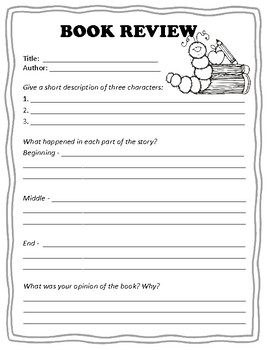

It is indeed a touchstone for many of us who were experimenting with computers to produce expressive writing in late 1990s, for the novel carries forward today, 30 years after its commercial release, as an enduring work of classic fiction, excerpted in a print anthology, documented in scholarly databases, translated into four languages, and found on the shelves of libraries and in special collections all over the world. First, it celebrates this “granddaddy of full-length hypertext fictions” (Coover) that essentially gave birth to both a genre and a field. This exhibition, therefore, has two aims. afternoon, a story, is indeed, as both Kirschenbaum and Terry Harpold point out, “unruly” (Kirschenbaum, Mechanisms, 161 Harpold, “Conclusions,” 638)-in which case this exhibition and event could easily be renamed, "An Afternoon with afternoons."
#Storyspace review story writing software#
floppy disks, CD-ROMs, and USB stick), in the numerous software upgrades that impacted the experience with the text, and in the publication for multiple platforms that expanded access to the text. To Matthew Kirschenbaum's comment that "there are many Afternoons, even if the literal textual differences between them prove slight" ( Mechanisms 162), I would add that differences between the many afternoons are not just "textual" but also structural-and in the ways it has been manifested physically over the years: the devices used to store and provide access to the text (e.g. In organizing this famous novel for exhibition in 2020, I am confronted with the challenge of presenting a literary work that has taken many forms. afternoon, a story brings to readers both the beauty of the written word and the pain words can cause when they reveal truths. In effect, this novel-like all classic literary works-compels us to think about and question the world around us and reflect upon our belief systems and ideas. Joyce's novel questions the subservient roles Black people still played in American culture in the late 1980s, decades after the end of segregation and Jim Crow Laws following the Civil Rights Movement and entreats us to wonder why it has taken three more decades and the Black Lives Matter movement to drive action against police brutality and continued racial discrimination. The character Werther, presented in a harsh light in Joyce's story for his general lack of respect for women and poor treatment of his wife Lolly, comes to represent today in a world impacted by the #MeToo movement the epitome of the white privileged male whose sexual behavior is less about experimentation (as Werther suggests) and more about exploitation. The extension of the Equal Rights Amendment (ERA) that guaranteed the rights of women under the American Constitution was denied in 1981, and it would take over another decade before the U.S. We may also remember the mood and tone of the novel, one that reflected the angst arising out of the Reagan-Bush years where trickle-down economics took precedence over needed societal reform.

both as new online edition (1997) and excerpt in the Postmodern American Fiction: An Anthology (1998), many of us believed hypertext fiction had formally been recognized as a literary form by the purveyors of print.

Scholarly texts like Jay David Bolter's Writing Space (1991) and George Landow's Hypertext (1992) positioned the novel as the "touchstone" (Harpold) both for thinking about the shift in writing (and thinking) and for theorizing about postmodernism, respectively. Those of us around during the release of the novel may remember the rave reviews it received from The NYTimes, The Washington Post, The Whole Earth Quarterly, and Wall Street Journal, to name but a few prestigious newspapers and magazines. Honoring this work such as we are doing with this exhibition and reading is not a nostalgic act but rather one that allows scholars to revisit Joyce's contributions to literary history and situate the novel in contemporary culture, one not that much different from its. While editions of it were given out at conferences and to friends in 19, it is 1990 that figures as the date it was sold through the publisher, Eastgate Systems, Inc. This year, 2020, marks the 30th anniversary of the commercial publication of Michael Joyce's hypertext novel, afternoon, a story. Joyce’s afternoon, a story Curated by Dene Grigar, PhD Director, the Electronic Literature Lab, Washington State University Literature Lab at Washington State University Vancouver An Afternoon with afternoon: An Exhibition Celebrating the 30th Anniversity of Michael Event Resources Exhibit Curatorial Statement About the Author Credits 30th Anniversary Celebration of Michael Joyce's afternoon, a story


 0 kommentar(er)
0 kommentar(er)
